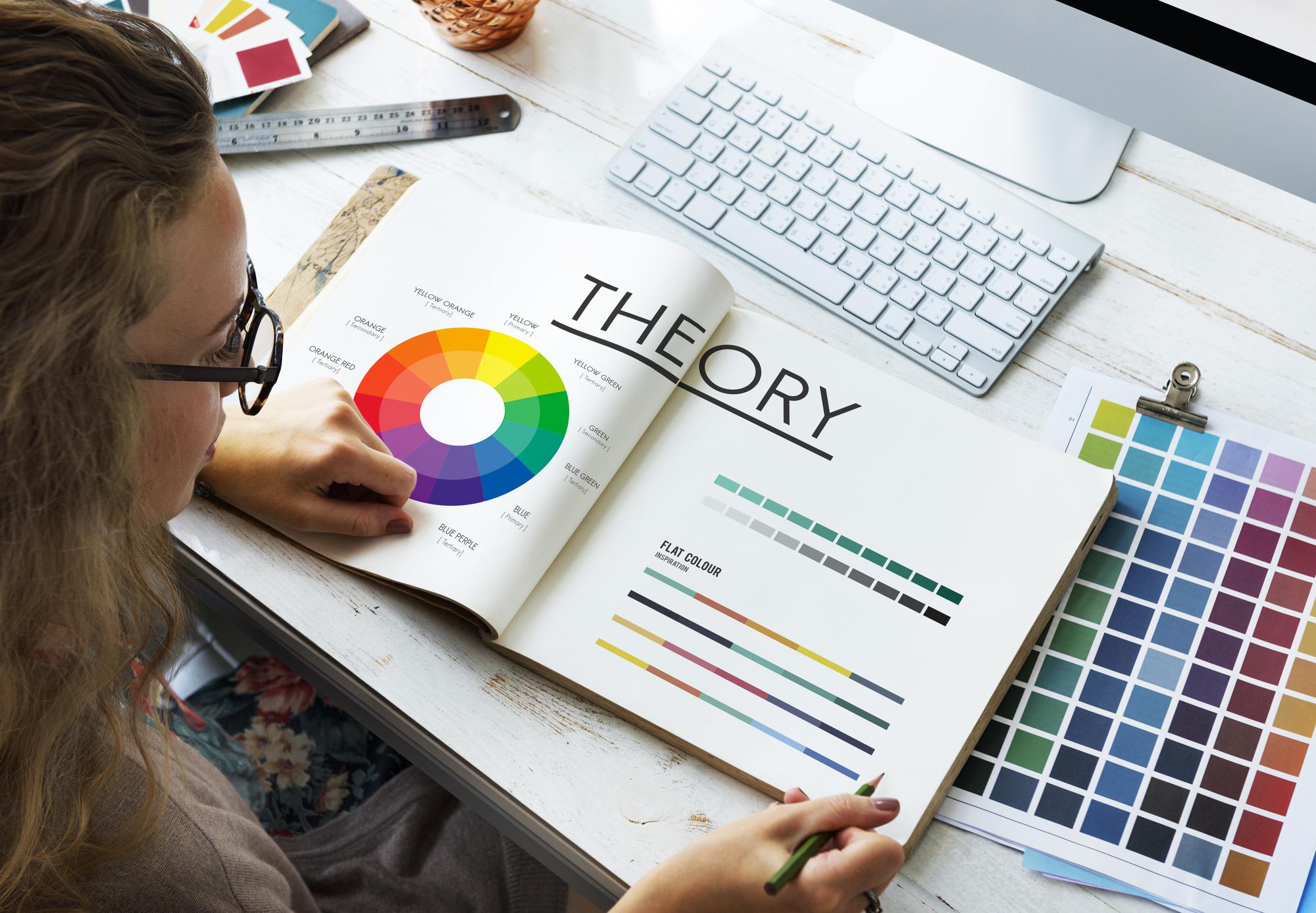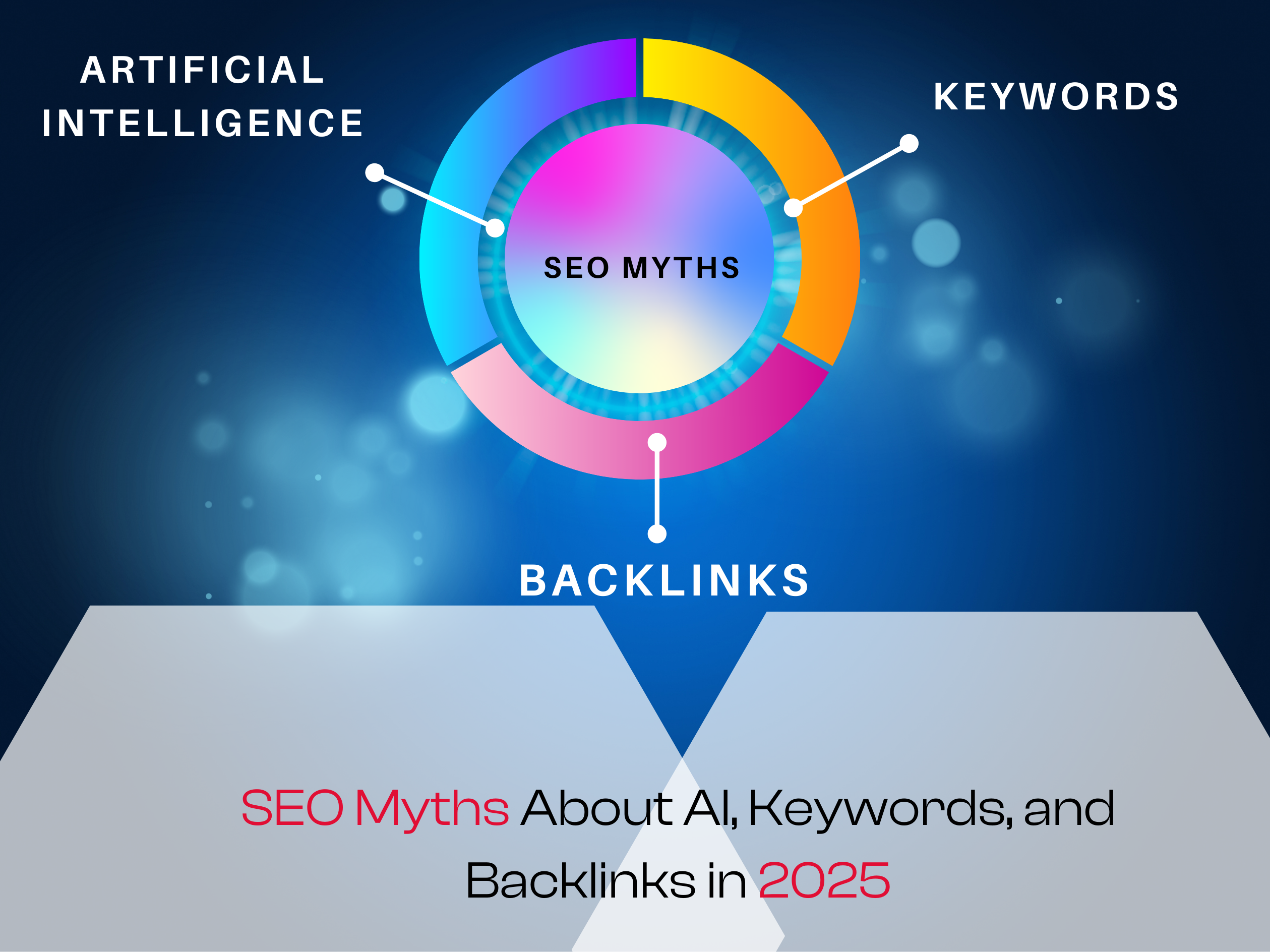How to Apply Colour Psychology to Digital Marketing and Branding

Colours are everywhere. They draw our attention, create feelings, and affect our choices. They convey information and affect how people feel about a particular brand.
Businesses may establish a connection with their audience by having a solid understanding of color psychology. Brands stand out and create lasting impressions when they choose the appropriate colors. So, let’s explore how you can use colour psychology to boost your branding and digital marketing efforts.
Why Colours Psychology Matters in Branding
Your brand is an emotional bond with your audience that goes beyond a logo or tagline. The most important aspect of that connection is color. They evoke emotions, tell stories, and define brand identities.
Setting the Tone
Consider the energy of red or the calmness of blue. The colors create a feeling more than merely being decorative. A tech company might use blue to appear trustworthy, while a fashion brand might go for red to be bold and passionate.
Making a Statement
Colours can make a brand unforgettable. Consider Starbucks’ green, symbolising growth and sustainability, or McDonald’s yellow, radiating joy and warmth. Your brand becomes easily identifiable when you choose an identical color palette.
Influencing Emotions
Blue builds trust and reliability. It is a favorite with tech companies and banks.
Yellow sparks happiness and optimism. Perfect for creating cheerful vibes.
Green speaks to freshness and health, ideal for wellness or eco-friendly brands.
Applying Colour Psychology to Digital Marketing
In digital marketing, colours can guide users, boost engagement, and increase conversions. Here’s how:
1. Designing Impactful Call-to-Actions (CTAs)
- Your CTAs are meant to stand out. Colours can help!
- Red or Orange: Great for urgency—”Shop Now” or “Limited Offer!”
- Green: Encourages positive actions like “Get Started” or “Sign Up.”
2. Creating a Harmonious Website
A website needs to be both visually appealing and simple to use.
- Use a primary colour for branding.
- Add contrasting colours for clickable elements like buttons.
- Keep neutral shades for backgrounds to enhance readability.
To generate excitement, an e-commerce website might, for example, utilize red for sales banners while maintaining white and grey for the remainder of the page.
3. Boosting Social Media Engagement
- On social platforms, colour grabs attention instantly.
- Use bold, vibrant colours in graphics to stand out.
- Modify your color scheme for other campaigns; for example, use red and pink for Valentine’s Day advertising.
4. Enhancing Ads for Conversions
- Colour psychology works wonders in advertising. Ads with a carefully chosen colour scheme can evoke curiosity and drive clicks.
- Blue ads for professionalism (great for B2B).
- Yellow or Orange ads for energy and action (ideal for product launches).
Choosing the Right Colours for Your Brand
Colors need to represent the individuality of each brand. Here’s how to choose the appropriate shades:
1. Understand Your Audience
What appeals to your target audience?
Pink is often associated with femininity and youth, ideal for beauty products.
Black conveys sophistication, perfect for luxury brands.
2. Consider Your Industry
Certain industries lean toward specific colours. For example:
In terms of health and trust, blue and green rule healthcare and technology.
Red and yellow thrive in food and beverage for energy and appetite stimulation.
3. Test and Learn
Not sure if your colours are working? Experiment!
For advertisements and landing sites, use A/B testing.
Check analytics to see which colour schemes perform best.
Common Mistakes to Avoid in Colour Psychology
While colours are powerful, using them poorly can backfire. Avoid these pitfalls:
Too many colours: Users may become confused if a design is overloaded. Stick to 2-4 colours for consistency.
Low contrast: Ensure text is easy to read against the background.
Ignoring cultural differences: Colours have different meanings worldwide. White, for example, might signify grief in some cultures but purity in others.
Successful Examples of Colour Psychology
Facebook: Blue is calming and trustworthy, ideal for a platform built on connections.
Netflix: In keeping with its binge-worthy material, red creates a sense of urgency and excitement.
Google: Its multi- coloured logo conveys fun and diversity, reflecting the brand’s universal appeal.
For More Info: The Role of UI/UX in Winning Dubai’s Competitive Online Market
Colours That Speak for Your Brand
When it comes to online marketing and branding, color psychology is a hidden weapon. Colors can inspire action, connect with your audience, and communicate your values when used carefully.
Therefore, keep in mind that your colors are felt as much as they are seen when creating a logo, website, or social media post. When you use them effectively, your brand will win hearts as well as attention.
Let your colours do the talking and leave your audience inspired!













